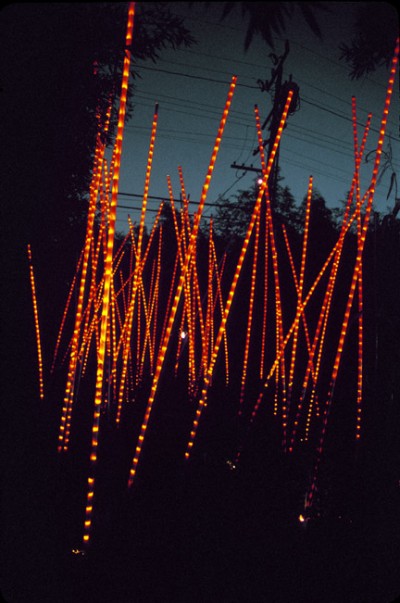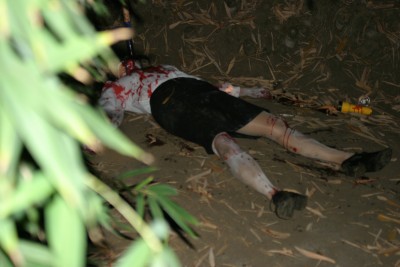My first visit to the Schindler House on Kings Road was in 1999. I was a recent transplant from New York, and it was my first month living in Los Angeles. I was still finding my way and trying to get my head around the city. I had come to the Schindler House for an opening reception that evening, and the courtyards were full of unfamiliar faces who, in retrospect, I’m sure were all future friends. The profound welcoming warmth is what struck me. Here was a great icon of early modern domesticity, some wood but mostly concrete, and yet I felt a cozy sense of home beyond almost any place I had encountered, modern or not. Even after just a few weeks of exploring Los Angeles, I also felt that I had found the cultural heart of the city that night. The house’s history of radical gatherings and events dating back to the 1920s continues, and this is significant for a city that cultivates a certain kind of amnesia.
A year later, I finally found my long-term home—a geodesic-dome-topped structure in the hills of Glassell Park. The Schindler House became the definitive touchstone and reference for a series of monthly events and gatherings I hosted there called Sundown Salon. Later I began to take that work more seriously, especially when director Kimberli Meyer was prompted by those Schindler-inspired activities to offer me a first institutional invitation, to produce an evening of events on Kings Road. I took a curated selection of my community from Sundown Drive to its historic antecedent, including some artists, such as Trinie Dalton, Dawn Kasper, Alice Konitz, Anna Sew Hoy, and Yoshua Okon, who have gone on to great things.

GRAFT, installation view, part of Sundown Salon at the MAK Center for Art and Architecture at the Schindler House. October 22, 2003.
Communal living, sliding canvas walls, sleeping baskets, and outdoor rooms of hedges fulfill Los Angeles fantasies for those of us who have migrated here in search of a certain kind of freedom and reinvention. As someone with a deep background in architecture, it’s meaningful that I haven’t even mentioned the Schindler House’s brilliant design itself. I suppose it was my early event-based projects at the Schindler House that opened me up to a fuller view of buildings and architecture, in which they are more interesting to me as vehicles for thoughtful living and engagement than as precious, fetishized ends in themselves. Those revelations have influenced all of my later work in one way or another.

Dawn Kasper, performance, part of Sundown Salon at the MAK Center for Art and Architecture at the Schindler House. October 22, 2003.
The house has marked me in other, more literal, ways too. I am 6 feet 2 inches tall, and I believe most beams are at 6 feet 1 1/2 inches. A bump on my upper forehead during the first weeks of preparing for the event at the house was replaced later by a permanently crooked neck and cautious navigation of rooms at low speeds. This beam height is also, not coincidentally, the height of Frank Lloyd Wright’s low-ceilinged anti-chambers, where I received an identical scrape on the head, providing me with a very physical reminder of architectural heritage and legacies.